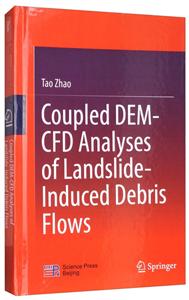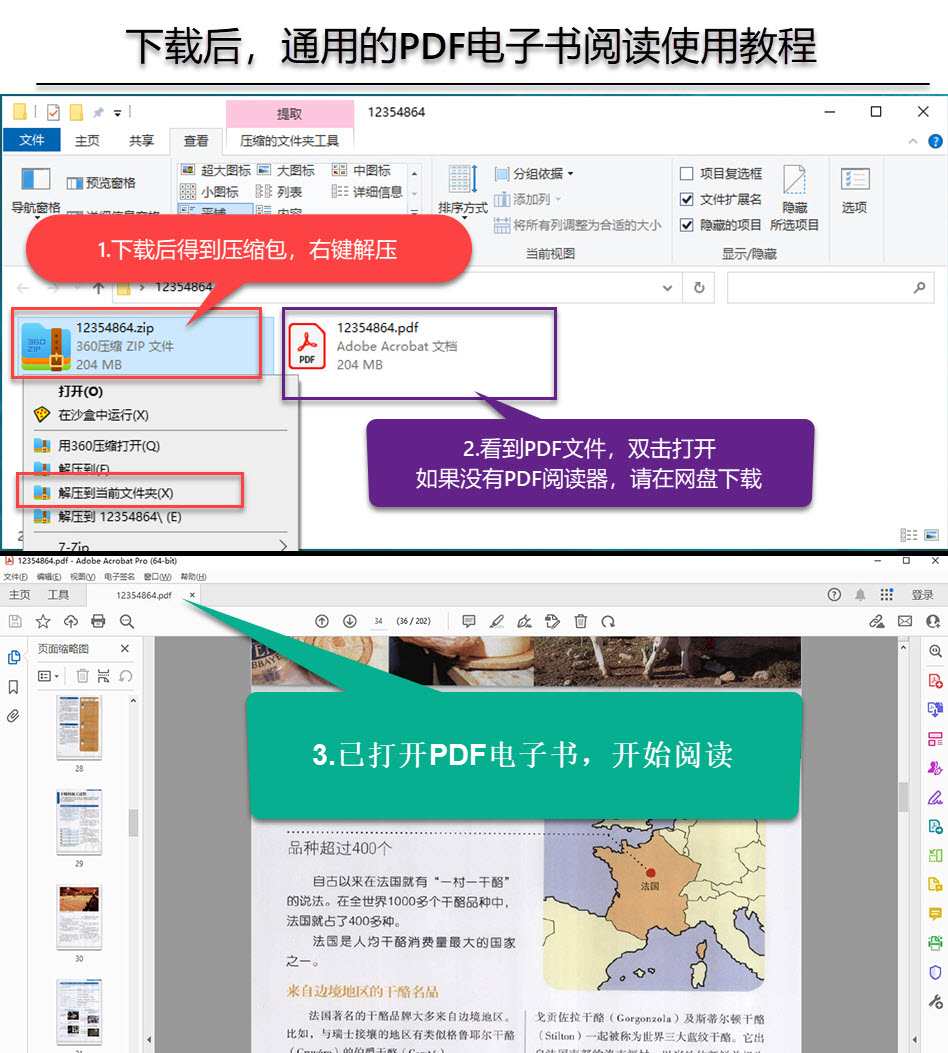Coupled DEM-CFD analyses of landslide-induced debris flows
内容简介
[
This book reflects the latest research results iii computer modelling of landslide-induced debris flows. The book establishes an understancling of the initiation and propagation mechanisms oflandslides by means ot’numerical simulations, so that mitigation strategies to reduce the long-term losses from landslide hazards can be devised. In this context, the book employs the Discrete Element Method (DEM) and Computational Fluid Dynamics(CFD)to investigate the mechanical and hydraulic behaviour of granular materials involved in landslides – an aproach that yields meaningful insights into the flow mechanisms, concerning e.g. the mobilization of sediments, the generation and dissipation of excess pore water pressures, and the evolution of effective stresses. As such, the book provides valuable intormation, useful methods and robust numerical tools that can be successfully applied in the field of debris flow research.
]
目录
1 Introduction to LandsLides1.1 Background1.2 Terrestrial Landslides1.2.1 Classification and Characteristics1,2.2 Major Research on Terrestrial Landslides1.3 Submerged Landslides1.3.1 Classification and Characteristics1.3.2 Major Research on Submerged Landslides1.4 Model Testing-Granular Column Collapse1.5 Numerical Investigations1.5.1 The Finite Element Method1.5.2 The Smoothed Particle Hydrodynamics1.5.3 The Discrete Element Method1.5.4 The DEM-CFD Coupling Method2 Introduction to Discrete Element Method2.1 The Discrete Element Method2.1.1 Particle Motion2.1.2 The Particle-Particle Contact Model2,1.3 The Calculation of Stress in the DEM2.1.4 Coordination Number2.2 Model Validation2.2.1 Input Parameters of the DEM Model2.2.2 Determination of Numerical Time Step2.2.3 Numerical Simulation of Triaxial Tests2.2.4 Material Angle of Repose2.3 Conclusions3 Investigation of Dry Granular Flows3.1 The Granular Column Collapse Model3.2 Dimensional Analysis3.3 Numerical Simulations3.3.1 Deformation of the Granular Assembly3.3.2 Influence of Initial Column Aspect Ratio3.3.3 Influence of Model Size Ratio3.3.4 Influence of Column Characteristic Strain3.3.5 Infiuence of Material Internal Friction Anglr3.4 Mechanical Analyses3.4.1 Evolution of Granular Velocity3.4.2 Granular Energy3.4.3 Linear Momentum3.4.4 Flux of Kinetic Energy3.4.5 Distribution of Kinetic Energy and Linear Momentum3.4.6 Evolution of Force Chains3.4.7 Distribution of Stress3.4.8 Distribution of Coordination Number3.4.9 Destination of Surface Grains3.4.10 Influence of Air Viscous Force3.5 Conclusions4 Introduction to the DEM-CFD Coupling Model4.1 Fluid-Solid Interaction4.2 Governing Equations of Fluid Flow4.2.1 Fluid Mass Conservation Law4.2.2 Fluid Momentum Conservation Law4.3 The Viscous Shear Stress4.3.1 Laminar Flow Regime4.3.2 Turbulent Flow Regime,4.3.3 Near-Wall Treatment4.3.4 Initial Conditions4.4 The MPI Implementation and Data Exchange4.5 Fluid Flow Through a Porous Soil Sample4.5.1 Analytical Solution of Soil Permeability4.5.2 Numerical Model Configuration4.5.3 Laminar Flow4.5.4 Turbulent Flow4.6 Numerical lnvestigation of Granular Sedimentation4.6.1 The Settling of a Single Particle4.6.2 Batch Granular Sedimentation4.7 Conclusions……5 Investigation of Submerged Debris Flows6 Conclusions and Recommendations for Future WorkAppendix A: Summary of the Selected LandslidesAppendix B: Calculation of PorosityAppendix C: Input Parameters for SimulationsReferences
封面

书名:Coupled DEM-CFD analyses of landslide-induced debris flows
作者:Tao Zhao[著]
页数:15,220页
定价:¥100.0
出版社:科学出版社
出版日期:2018-01-01
ISBN:9787030526304
PDF电子书大小:106MB 高清扫描完整版
本文标题:《Coupled DEM-CFD analyses of landslide-induced debris flows》PDF下载
资源仅供学习参考,禁止用于商业用途,请在下载后24小时内删除!

